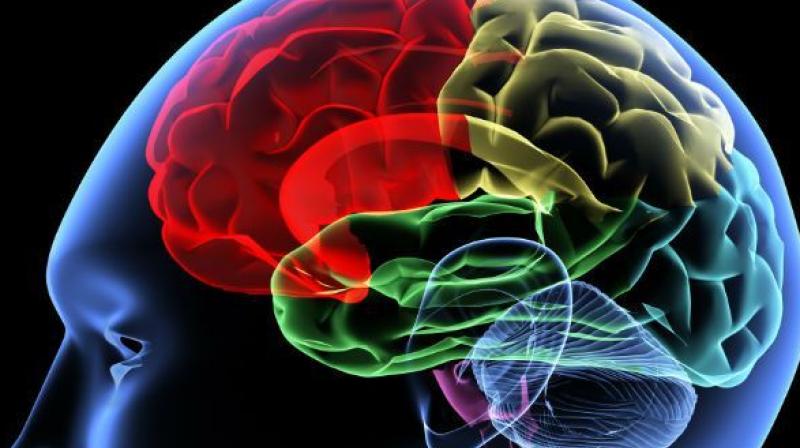Mind Game: Understanding brain power
Crucial in treating diseases and for the future of AI.

Hyderabad: Ever wondered how you are able to predict the trajectory of a ball thrown towards you? Or how a dog can recognise a person by his scent? Researchers are trying to understand these and other computational aspects of the brain.
“As you understand the fundamentals of brain function, you can better recognise signs of dysfunction. To understand disease, you must understand health,” says Prof. Upinder S. Bhalla, a neurobiologist at the National Centre for Biological Sciences (NCBS), Bangalore.
Mr Bhalla is trying to use lab experiments and computer modelling to decipher the computational aspects of brain function.
His investigation into the brain’s mechanisms of acquisition, storage, recall and use of sensory information with the olfactory system as a model has yielded some interesting discoveries.
“You can study the abilities of a neuron by examining the various kinds of logical operations and memory storage operations. These functions are carried out at a very elementary level within the neuron. But we are interested in studying the more complicated operations that a neuron is capable of, like its ability to make decisions about the information to be retained, and the information to be discarded,” he says.
He illustrates his point using the example of a cricket ball thrown towards a person. “The ball moves in a fixed trajectory in space. What we have discovered is that thousands of neurons perform calculations and share inputs with each other in such a manner that each of them is capable of detecting and assessing the trajectory of the ball.”
Mr Bhalla has studied, in depth, the various responses of neurons in the olfactory bulb, the part of the brain responsible for the identification of smells. “We have studied how animals identify odour, and how they process a mixture of scents. Dogs are able to identify people even years after being away from them, just through their smell. We have looked into what it is that the animal perceives, and how it goes about making a judgment. We have found that the intensity and identity of a smell and the time of its arrival play a very important role in the process.”
Mr Bhalla is also interested in artificial intelligence, an emerging area of research. He finds it fascinating to be able to relate elementary biophysical and biochemical properties with new discoveries in deep learning methods.
Through his studies, he has found some very fundamental similarities between the functioning of cells, and the functioning of single nodes in deep learning networks. This means that lessons learned in neuroscience may be valuable to the understanding of deep learning, and vice versa, explains Mr Bhalla.
“Understanding brain function is crucial for the treatment of diseases, and for the future of artificial intelligence,” he says.
Prof. Bhalla presented some results from his study at the Pan-TIFR Biologists’ Meet last week organised in Hyderabad by TIFR.

